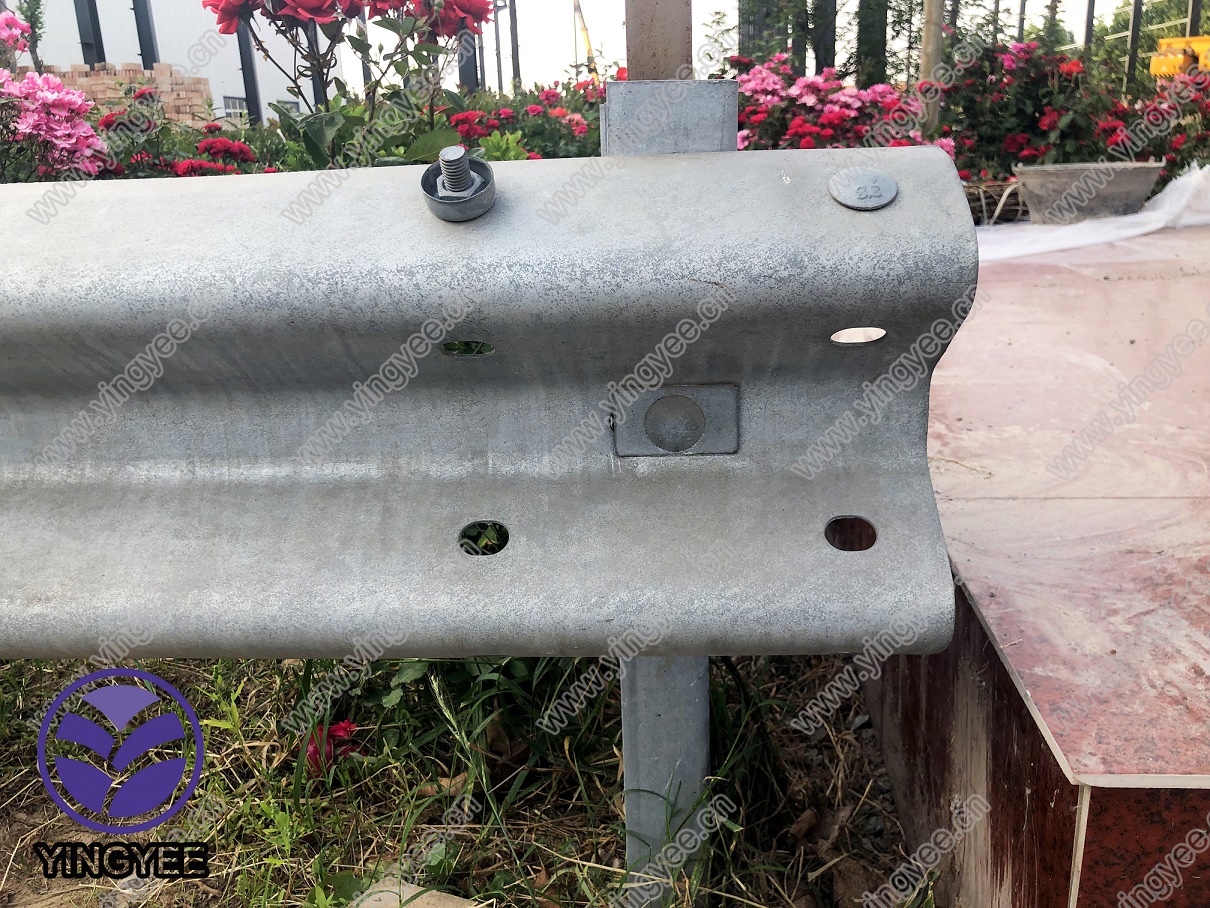
Understanding Strut Channel Roll Forming Applications and Advantages
Strut channels, also known as C-channels or metal channels, are structural components widely used in construction and industrial applications. They are vital for providing support and stability in a wide range of structures. The manufacturing process of these channels is primarily accomplished through roll forming, a method that allows for efficient and precise production of metal shapes. In this article, we will explore the intricacies of strut channel roll forming, its advantages, and its diverse applications.
The Roll Forming Process
Roll forming is a continuous bending operation where a long strip of metal is gradually formed into a specific cross-sectional shape through a series of rollers. The process begins with a coil of flat metal, which is fed into a series of roll forming machines. These machines contain multiple stations, each designed to progressively shape the metal into the desired profile, in this case, a strut channel.
The strut channel typically features a C-shaped cross-section, but variations can exist depending on specific design requirements. The roll forming process allows for high production rates and exceptional precision, making it an ideal choice for manufacturing strut channels.
Materials Used in Strut Channel Roll Forming
Strut channels are commonly made from various materials, including steel, aluminum, and sometimes stainless steel. The choice of material often depends on the application requirements. For instance, galvanized steel is frequently used for its corrosion resistance and strength, making it suitable for outdoor and industrial applications. On the other hand, aluminum channels may be selected for their lightweight properties, especially when reducing overall structure weight is a priority.
Advantages of Strut Channel Roll Forming
1. Efficiency One of the primary benefits of roll forming is its ability to produce large quantities of strut channels in a cost-effective manner. The continuous nature of the process allows for the rapid production of uniform products, which is crucial in meeting project deadlines.
2. Precision Roll forming provides outstanding dimensional accuracy. The machines are designed to produce channels with consistent width, height, and thickness, ensuring that all parts fit together seamlessly during assembly.
3. Material Utilization The process minimizes material waste, as the continuous feed of metal can be precisely controlled. Through careful planning and design, manufacturers can maximize yield and reduce costs associated with excess scrap.

4. Versatility Roll formed strut channels can be customized to meet specific design specifications. This flexibility in design allows for adaptations based on the unique needs of various industries, from HVAC systems to electrical installations.
5. Strength and Durability Strut channels created through roll forming possess high strength-to-weight ratios, providing the necessary support without unnecessary additional weight. This quality makes them ideal for load-bearing applications where reliability is crucial.
Applications of Strut Channels
Strut channels serve a multitude of functions across various industries
- Construction In building projects, strut channels are used for hanging and supporting mechanical, electrical, and plumbing (MEP) systems. They provide a framework for securing pipes, conduits, and ducts, ensuring a tidy and efficient installation.
- Manufacturing In industrial settings, these channels support machinery and equipment, creating a robust framework for assembly lines and production areas.
- Solar Panel Mounting In renewable energy applications, strut channels provide structural support for solar panel installations, ensuring they remain securely mounted and properly aligned for optimal sun exposure.
- Automotive and Aerospace Strut channels are used to fabricate components that require strength yet minimal weight, such as frameworks for vehicle interiors or lightweight structural supports in airplanes.
Conclusion
Strut channel roll forming is an essential manufacturing process that plays a vital role in numerous industries. Its efficiency, precision, and versatility make it the choice for producing strong, lightweight structural components that meet the demands of modern construction and manufacturing. As industries continue to evolve and focus on sustainability, the importance of roll-formed strut channels is expected to grow, reinforcing their place as a crucial element in structural design and implementation.